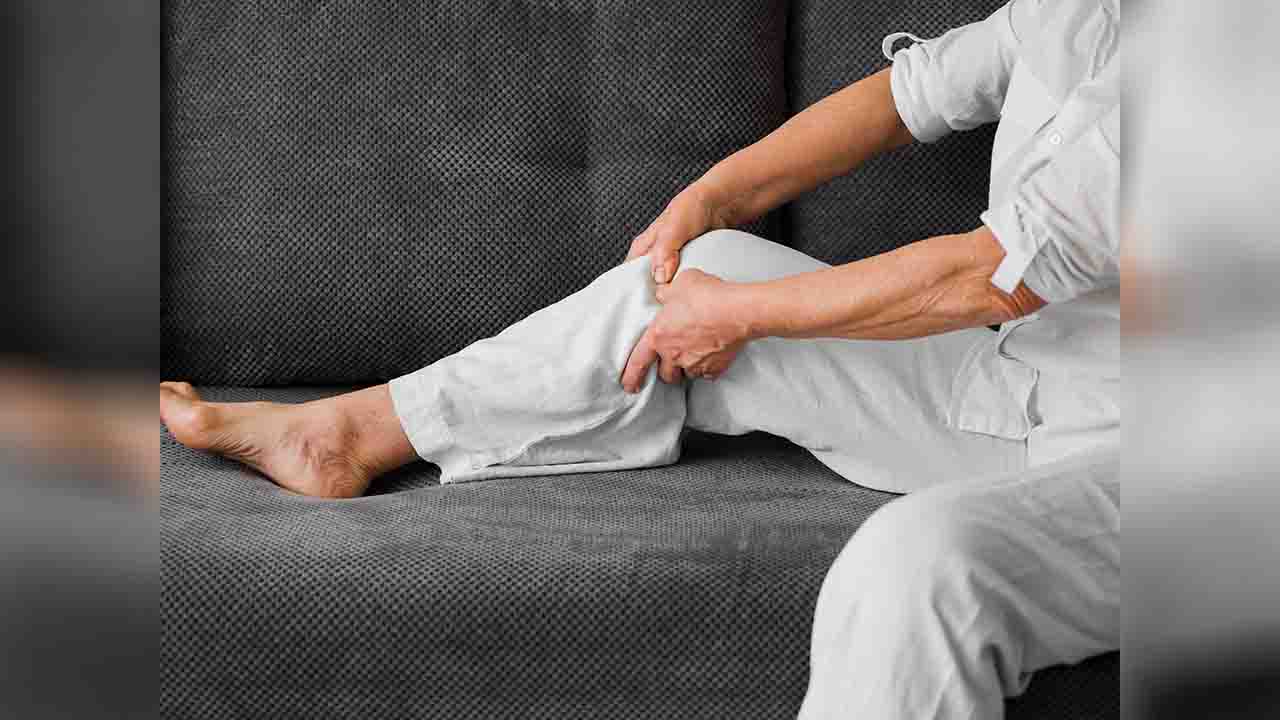Mostly leg pain occurs during physical activity, which can be connected with heart disease. This connection highlights the commonly occurring condition peripheral arterial disease (PAD), which is a common manifestation of atherosclerosis, the buildup of plaque in arteries. As atherosclerosis progresses, it affects the coronary arteries supplying the heart and the peripheral arteries, including those in the legs. When these leg arteries become narrow or blocked due to plaque, it can lead to insufficient blood flow, resulting in leg pain, typically known as claudication. Claudication is generally described as aching, cramping or tiredness in the legs, mainly during exercise or walking.
Do not ignore unexplained leg pain
The connection between leg pain and heart disease is rooted in a shared underlying cause: the narrowing of arteries due to atherosclerosis. If PAD is left untreated, it can be an indicator of more extensive atherosclerosis in other parts of the body, including the coronary arteries. This increases the risk of heart attacks and other cardiovascular problems. Early detection and management of these conditions can significantly lessen the risk of heart-related complications and improve overall cardiovascular health.
Areas of the leg which hurts when you have heart disease
The pain usually occurs in the muscles of the lower extremities, mostly in the calves. However, it can also affect the buttocks and thighs. It generally shows during physical activity, such as climbing stairs, walking and subsides with rest. The pain happens because during exertion the narrowed arteries cannot supply enough oxygen-rich blood to the leg muscles.
The pain which you experience due to heart disease
The pain is mostly described as aching, cramping or a feeling of heaviness in the affected leg muscles. Some people may also experience weakness or numbness.
The pain stops at rest
One particular feature is that the pain usually reduces or disappears when the person stops the physical activity which caused it. By resting it allows the leg muscles to recover from the temporary oxygen deprivation.
The groups who are at risk
Individuals who smoke and drink are at a higher risk of getting the complications of claudication. Those who are overweight, with diabetes, who have high cholesterol and blood pressure, who do not engage in physical activity, who have a family history of heart disease, and who are old age are at a higher risk of claudication due to atherosclerosis.
Complications which can happen if the leg pain is ignored For a long time if the leg pain or the claudication is ignored then it can lead to complications like skin lesions which takes time to heal, gangrene, and amputation of limbs.








